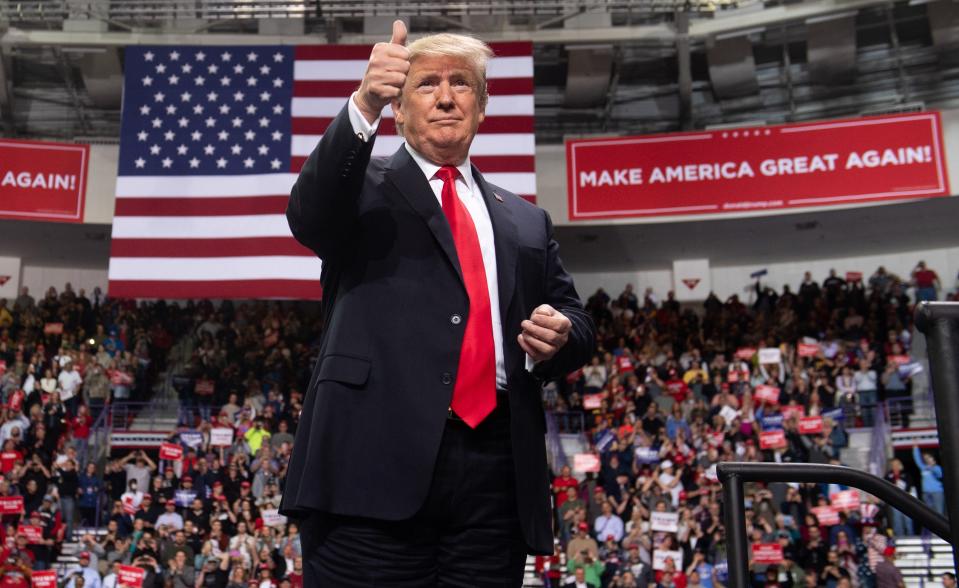Tariffs will now cost American households up to $1,000 per year: J.P. Morgan
Tariffs are expected to cost American households up to $1,000 per year when the next round goes into effect on September 1, according to a new note by J.P. Morgan.
According to the bank’s analysts, the cost of the U.S.-China trade war borne by consumers is likely to rise from around $600 per year — based on the first two “phases” of the tariffs on Chinese imports — to around $1,000, based on the third round of tariffs.
That $1,000 figure assumes a 10% tariff on about $112 billion of Chinese imports, which U.S. President Donald Trump announced will begin next month. While he had initially proposed 10% tariffs on $300 billion worth of Chinese goods, he later scaled it back to exclude certain consumer products like cell phones, laptops, and toys.
If the tariff increase to 25% — as President Trump has threatened — the cost to consumers would rise to $1,500 per year, J.P. Morgan stated.
“What distinguishes China Phase III tariffs from preceding tariffs is the impact to Consumption and Capital goods,” analysts wrote. While previous tariffs focused more on “intermediate goods,” this batch “suggests that the expected consumer impact should be larger in the latest round,” the bank’s analysts wrote.
Tariff costs offset gains from the tax cut
The $1,000 cost is also expected to offset the majority of the benefit that American households received from the Tax Act, the analysts added, which was around $1,300.
“The impact from reduced spending could be immediate for discretionary goods and services since tariffs are regressive,” they wrote. “Unlike the agriculture sector which is receiving subsidies/aid to offset the impact of China’s retaliatory actions, there is no simple way to compensate consumers.”
Since this move comes at a “much higher cost for the U.S. administration” ahead of a presidential election, the analysts noted that there was “a good chance they end up reversing their decision and finding a way to reach some common ground with Chinese negotiators.”

—
Aarthi is a writer for Yahoo Finance. Follow her on Twitter @aarthiswami.
Here's how much new Trump tariffs could cost American households
CEO compensation is up 1,000% from what it used to be. Worker pay? Not so much.
Hong Kong protests 'could have ripple effects very easily into China,' Eurasia Group's Hirson says
Follow Yahoo Finance on Twitter, Facebook, Instagram, Flipboard, SmartNews, LinkedIn, YouTube, and reddit.

 Yahoo Finance
Yahoo Finance 
